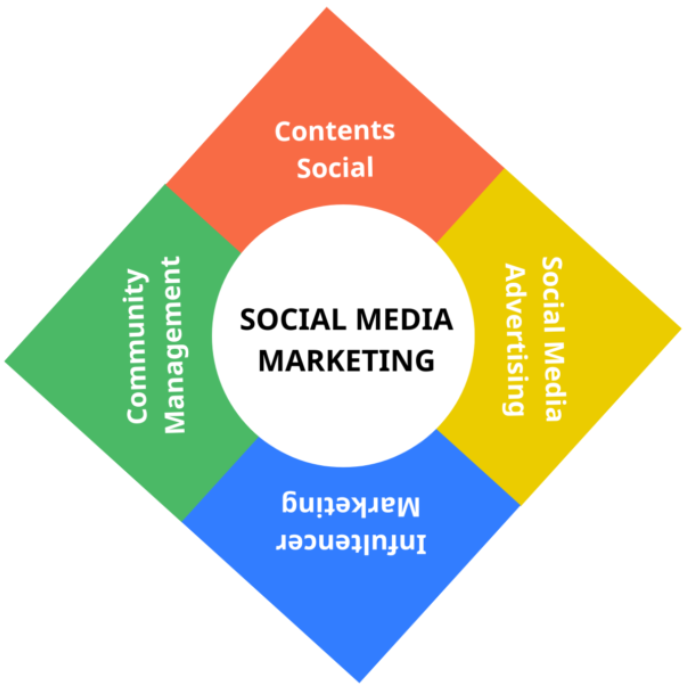
How to Use Augmented Reality (AR) for Social Media Campaigns: Changing the Game for Interaction and Brand Recognition
Introduction: The Rise of Augmented Reality in Social Media
For today’s digital age, innovation and creativity are key to standing out. Augmented Reality (AR) don turn powerful tool for social media campaigns, giving users interactive and engaging experiences. As AR technology dey evolve, brands dey use am for their marketing strategies to create memorable and effective interactions.
For this article, we go explore how AR dey benefit social media campaigns, showcase successful examples, and give you best practices for using AR effectively.
Benefits of Augmented Reality in Social Media Campaigns
- Increase User Interaction:AR dey allow brands to offer interactive experiences, making users engage more with content. Instead of just passively consuming content, users fit interact with AR features like filters, lenses, or virtual try-ons. This experience no only increase how long users dey interact, but also boost engagement rates.
- Enhance Brand Recognition and Create Memorable Experiences:By using AR to create unique and memorable experiences, brands fit stand out in the crowded social media space. Users dey remember and share content that give them engaging experiences, which increase brand awareness and customer loyalty.
- Provide Personalized Experiences:AR dey allow brands to offer personalized experiences for each user, helping to build more personal connections. Tools like virtual product try-ons or interior design simulations allow users to see how products go look on them or in their spaces, which fit increase customer satisfaction and conversion rates.
- Boost Viral Potential:AR get strong viral potential because of its innovative nature and shareability. When users engage with interesting AR features, dem dey likely to share those experiences with their networks, which expand the reach and impact of the campaign.
- Cost-Effective Marketing Tool:Even though AR fit look like advanced technology, e fit actually be cost-effective marketing tool. Many social media platforms like Instagram and Snapchat get AR tools already integrated, which make am easy for brands to implement without big investment. This make AR available for businesses of all sizes.
Successful AR Campaign Examples on Social Media
- IKEA Place App:IKEA AR app allow users use their phone camera to place virtual furniture in their spaces. This feature, when combined with social media, let users share their virtual designs with friends and followers, which increase interaction and brand recognition.
- Gucci’s Virtual Shoe Try-On:Gucci AR feature allow users to try on shoes virtually on Snapchat and Instagram. This innovative approach no just improve shopping experience, but also encourage users to share their style, which increase brand interest.
- Disney AR Filters:Disney use AR filters on Instagram to promote their movies and products. For example, the "Frozen 2" filter let users transform into their favorite characters, which inspire user-generated content and increase excitement before the movie release.
- L’Oréal’s Makeup Genius:L’Oréal Makeup Genius app integrate AR into social media platforms, allowing users to try makeup virtually. This tool don revolutionize the beauty industry by providing a fun and convenient way for users to try products before buying.
Best Practices for Using AR in Social Media Campaigns
- Align AR Strategy with Brand Goals:Before using AR, it’s important to ensure that the technology align with your brand goals. Whether the aim na to increase interaction, boost conversions, or enhance brand recognition, AR campaign should be strategically planned to meet these goals.
- Prioritize User Experience:Even though AR dey powerful, you no go wan overwhelm users with complex features. The experience should be intuitive, fun, and add value to the user’s interaction with the brand. Simple and enjoyable AR experiences go have higher chances of being shared and appreciated.
- Leverage Built-in AR Tools on Social Media Platforms:Social media platforms like Instagram, Snapchat, and TikTok get AR tools already integrated that fit be customized for campaigns. Leveraging these tools ensure compatibility with the platform and help save on development costs and time.
- Encourage User-Generated Content:One of the biggest advantages of AR na its ability to encourage user-generated content. Create AR experiences that inspire users to share them with their networks. Use branded filters, virtual product try-ons, or AR games to motivate users to create and share content, which expand the campaign’s reach.
- Monitor and Optimize Performance:As with any digital marketing strategy, it’s crucial to monitor the performance of your AR campaign. Use analytics tools to track interactions, shares, and conversions, and be prepared to optimize your strategy based on the data. Continuous improvement na key to maximizing the effectiveness of AR on social media.
Conclusion: The Future of AR in Social Media Marketing
As AR technology continue to evolve, its integration into social media marketing go become more common. Brands that lead in adopting AR go be well-positioned to create impactful and effective campaigns that meet their audience’s needs. Understanding the benefits of AR, learning from successful examples, and following best practices fit improve your social media strategy and drive business growth.
In an age where consumers dey increasingly saturated with content, AR offer a unique opportunity to stand out and build genuine connections with your audience. As social media platforms continue to evolve, AR go surely play a major role in shaping the future of digital marketing.